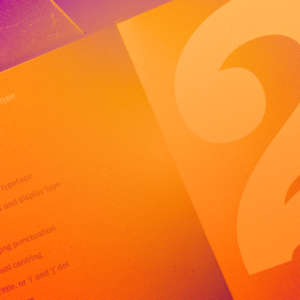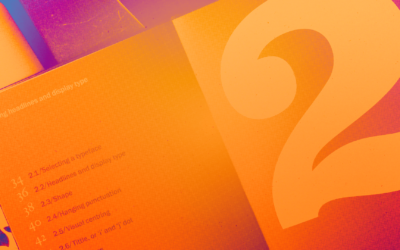Typeface design is a fascinating and intricate discipline within typography that involves creating and designing the visual representation of alphanumeric characters, symbols, and other typographic elements. Typeface designers, also known as typographers or font designers, craft typefaces that are used in various mediums such as print, digital interfaces, signage, and more.
Here are some key aspects of typeface design:
1. Anatomy of typefaces: Typeface designers study the anatomy of letterforms, which includes understanding the structure and proportions of individual characters such as stems, bowls, serifs, ascenders, descenders, and terminals. They explore the relationship between different letterforms to ensure visual harmony and consistency within a typeface.
2. Typeface classification: Typeface designers are familiar with the various classifications of typefaces, such as serif, sans-serif, script, display, and more. Each classification has unique characteristics that influence readability, mood, and overall aesthetic appeal. Typeface designers can create typefaces within established classifications or develop innovative hybrid designs.
3. Sketching and conceptualization: Typeface design often begins with hand-drawn sketches and conceptualization. Designers experiment with different letterforms, explore stylistic variations, and refine the overall visual concept of the typeface. They consider the intended use, target audience, and the overall tone or personality the typeface should convey.
4. Digitization and software tools: Once the initial sketches and concepts are developed, typeface designers move on to digitizing the designs using specialized software. They use vector-based design applications like Glyphs, FontLab, or Adobe Illustrator to create precise outlines and define the detailed characteristics of each character.
5. Letter spacing and kerning: Typeface designers carefully consider the spacing between individual characters and adjust the kerning, which is the process of fine-tuning the space between specific letter combinations. Proper letter spacing and kerning ensure optimal legibility and visual balance throughout the typeface.
6. OpenType features: Typeface designers may incorporate advanced typographic features into their designs using the OpenType format. These features include ligatures, alternate glyphs, small caps, swashes, and more, which provide typographic versatility and aesthetic variations within a typeface.
7. Testing and refinement: Typeface designers extensively test their designs across different sizes, weights, and usage scenarios to evaluate legibility, readability, and overall aesthetic appeal. They make refinements and adjustments based on user feedback, ensuring that the typeface performs well in its intended applications.
Typeface design is a blend of artistry, technical skill, and understanding of typographic principles. It requires a keen eye for detail, a deep appreciation for aesthetics, and a thorough understanding of the historical and cultural context of typography. Typeface designers play a significant role in shaping the visual language and communication of written text in various mediums.

